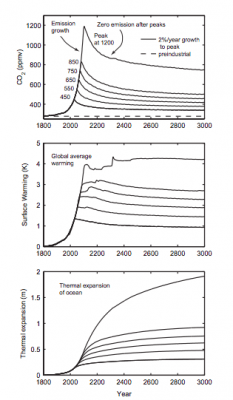In the “What if only 100 people existed on earth?” video, the narrator started to discuss how the distribution of wealth is not only not well dispersed, but highlights that the top 1% (with an annual income of over $1 million) of the global population owns 50% of the global wealth. This kind of spending power resting on the shoulders, or should I say the wallets, of such few individuals really peaked my interest.
On further research I found that there is an interesting mathematical correlation between a state/country’s state of income inequality and their “aggregate rate of emissions is an increasing function of of mean income and that any inequality-reducing redistribution of income will increase the aggregate rate of emissions” (655). This research actually discusses an equation that proves this point:
I found it very interesting that there is actually a Y variable in the above formula to represent an inequality constant that is used in calculating the average rate of emissions.



